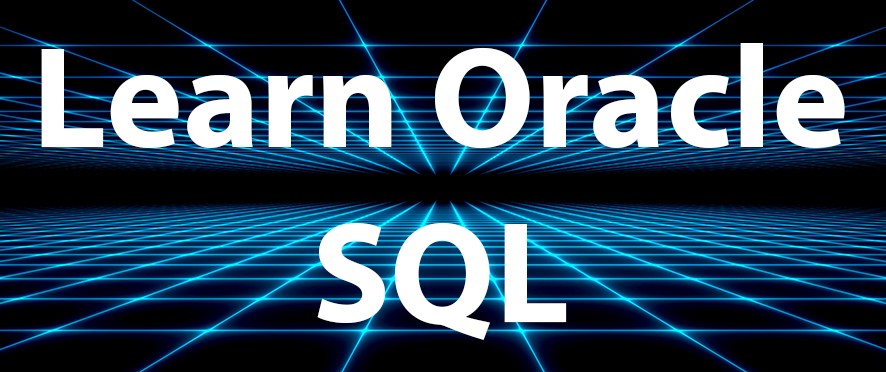
Welcome to The Ultimate Oracle SQL Tutorial: Your final destination if you want to learn Oracle SQL for free.
I have a paid video course on Oracle SQL, but even though I offer it with a huge discount to my readers, I acknowledge that not everyone can afford $9.99 at the moment, so , I decided to put together this Oracle SQL tutorial with most of the contents from the video course, so that it can help anyone learn Oracle SQL, regardless of their current financial situation.
New lessons will be posted regularly, covering from the very basics of Oracle and databases in general to some advanced features of the Oracle database like sequences, the use of indexes and more.
Make sure to subscribe to the mailing list to be informed about new lessons and other types of educational content.
Enjoy!
TABLE OF CONTENTS
Course Introduction
Environment Setup
- How to take the course without installing anything
- Downloading and installing Oracle Express Edition Version 18c
- Downloading and installing SQL Developer
- SQL Developer Basics
Basic Concepts
- Basic Database Concepts
- What is SQL?
- Basic Oracle Database Concepts and Architecture
- The Multitenant Architecture
- Basic Oracle Peculiarities
Retrieving Information from the Database
- Creating the First Test Tables
- Basic Oracle Data Types
- The SELECT Statement in its Simplest Form
- Column and Table Aliases
Filtering and Sorting Results
- Filtering Results (Introducing the WHERE Clause)
- More Complex WHERE Conditions
- Filtering Duplicate Rows (DISTINCT Clause)
- Ordering the Results (ORDER BY Clause)
- Understanding and Handling NULL
Operators
- Comparison Operators (=, <, >, ANY, ALL)
- SQL Operators (LIKE, IN, BETWEEN)
- Logical Operators (AND, OR, NOT)
- Substitution Variables
Group Operations
- Common Aggregate Functions (MIN, MAX, SUM, COUNT, AVG)
- Grouping Rows (The GROUP BY Clause)
- Filtering Group Results (HAVING Clause)
Subqueries
- Understanding Subqueries
- Common Questions About Subqueries
- Inline Views
- Subquery Factoring (The WITH Clause)
- Top-N queries and Intro to Analytic Functions
- The Row Limiting Clause
Functions
- What is a Function?
- Text Functions
- Numeric Functions
- Date Functions
- Conversion Functions Part 1
- Conversion Functions Part 2
- Implicit Conversions are EVIL!
- The DECODE Function and CASE Expressions
- Date Arithmetic
Set Operators
- The UNION and UNION ALL Operators
- INTERSECT
- MINUS
- Mixing Set Operators in a Single Query
Selecting Data From More Than One Table
- SQL Joins Explained
- A More Complex Test Schema
- Inner Joins
- Other Types of Joins (Equijoins, Non-Equijoins, Self, Cross and Outer Joins)
- Outer Joins in Detail
Changing the Contents of Database Tables
- Database Transactions
- The INSERT Statement
- The UPDATE Statement
- The DELETE Statement
Data Definition Language (DDL)
- Creating, Altering and Dropping Tables
- Changing the Definition of Tables
- Adding, Disabling and Dropping Constraints
- Sequences
- Indexes
- Views